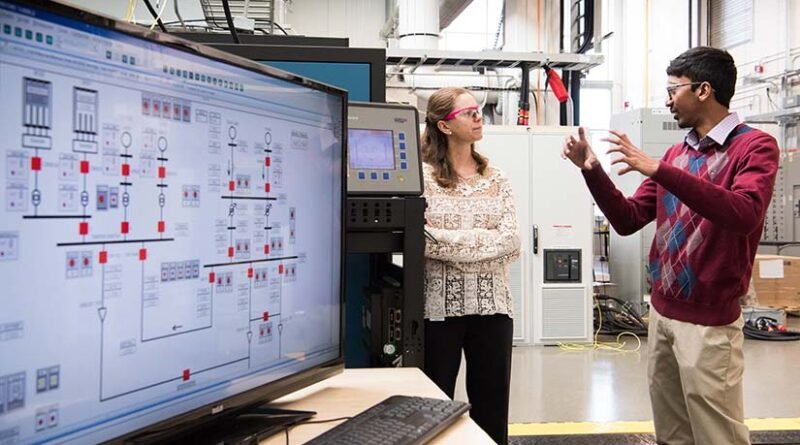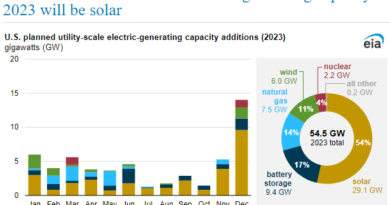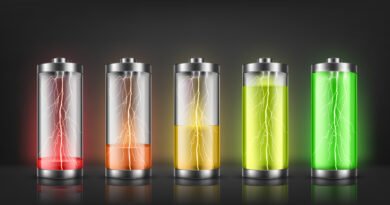Microgrids
Since 2001, the National Renewable Energy Laboratory (NREL) has actively engaged in the modeling, development, testing, and deployment of microgrids.
A microgrid refers to an interconnected network of loads and distributed energy resources functioning as a unified, controllable entity in relation to the grid. It possesses the capability to seamlessly connect or disconnect from the grid, operating either in grid-connected mode or as an autonomous island. Microgrids play a pivotal role in enhancing customer reliability and resilience, especially during grid disruptions.
Advanced microgrids facilitate the use of local power generation assets, including conventional generators, renewable energy sources, and energy storage systems, to sustain local grid operations even when the larger grid experiences interruptions. They are particularly valuable in remote areas where connections to the main grid are absent. Furthermore, advanced microgrids enable the coordination of local assets to reduce costs, extend the duration of energy supply, and generate revenue through participation in energy markets.
Also Read About –
Inverter-Based Resources (IBRs) Applications
Protection Issues to Address with the Growing Deployment of IBR
NREL Microgrids’ capabilities encompass:
- Microgrid system modeling and simulation, covering electromagnetic transients, dynamic behavior, and steady-state performance.
- Development of power electronic converters and control algorithms for seamless integration into microgrid systems.
- Controller hardware-in-the-loop testing, where the physical controller interacts with a simulated microgrid and associated power devices.
- Power hardware-in-the-loop testing, specifically designed for assessing microgrid hardware.
- Programmable AC power supplies, also known as grid simulators, are capable of emulating grid-tie conditions as well as specific electrical nodes on the microgrid.
- Programmable DC power supplies to replicate the behavior of photovoltaic (PV) arrays and battery banks.
- Hybrid microgrid testing, which involves integrating wind turbines, PV systems, dynamometers, various loads, and energy storage solutions into the distribution network.




